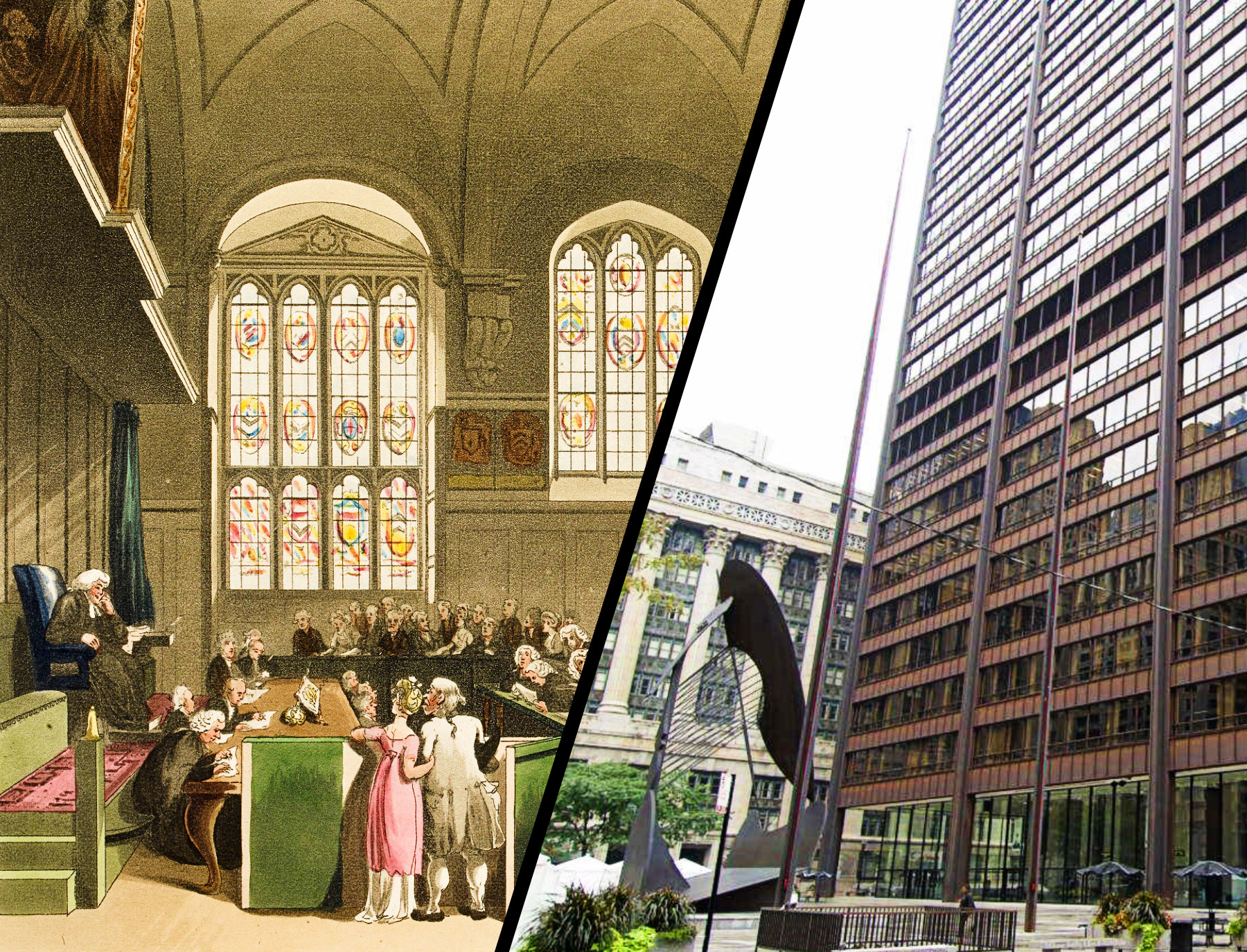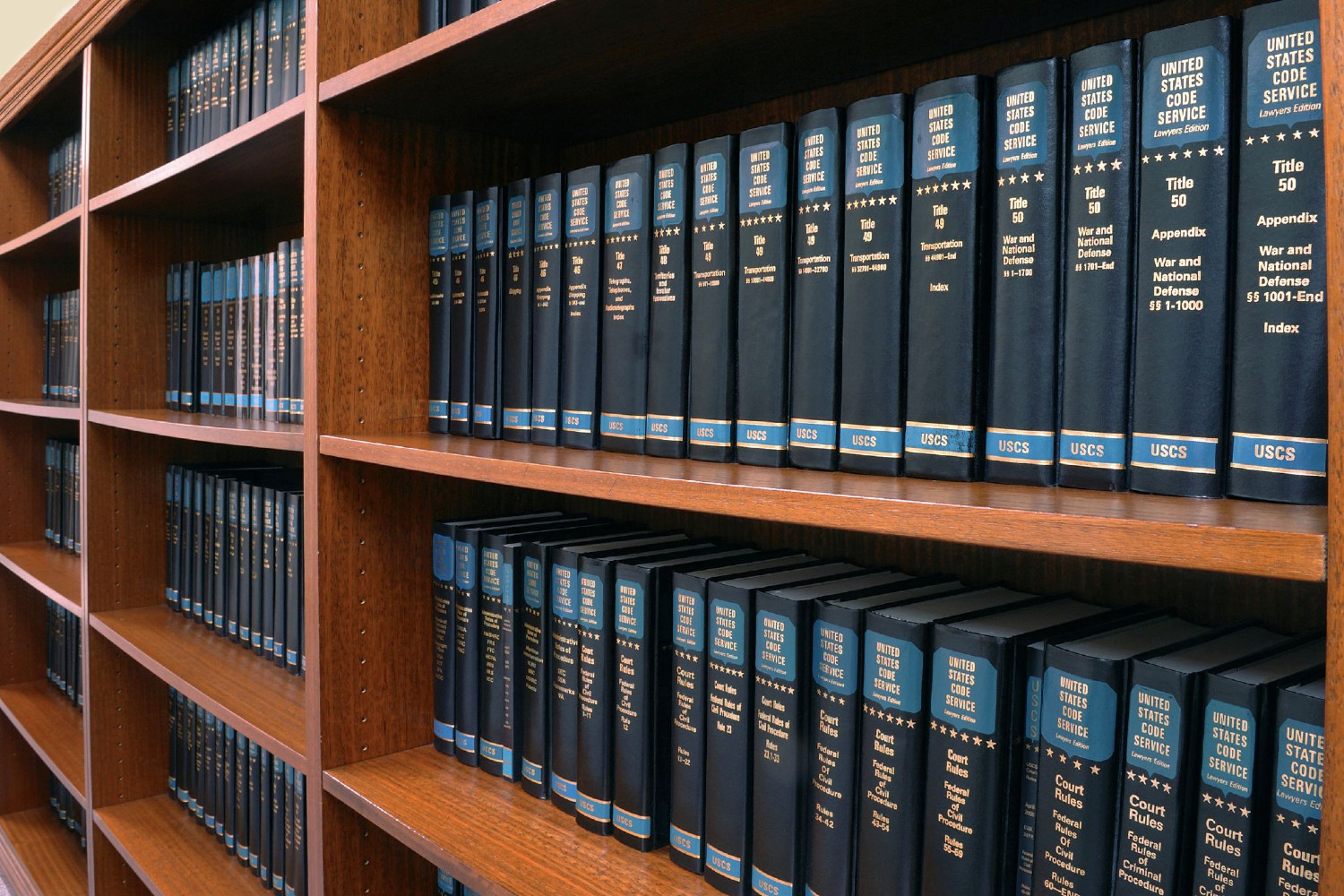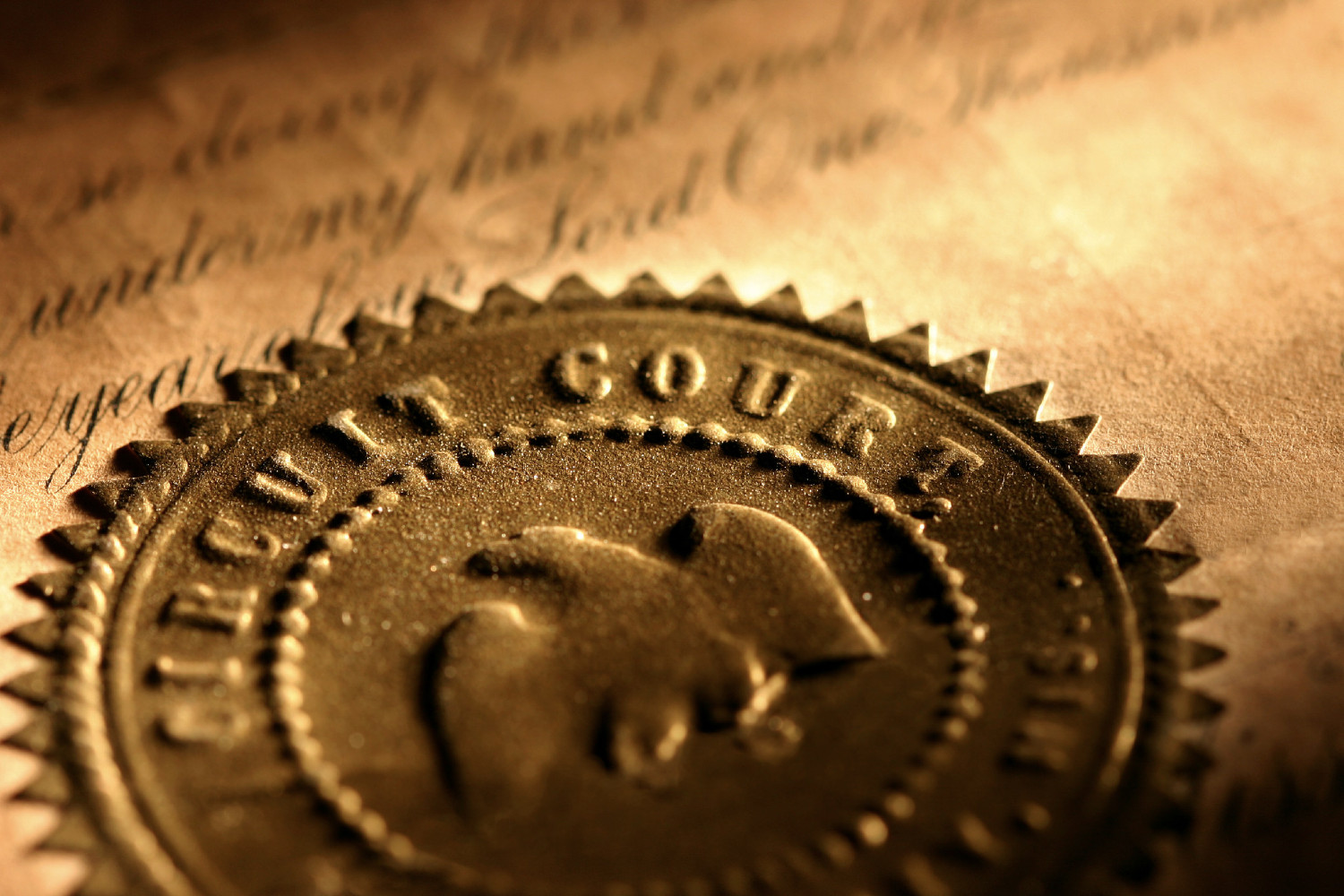On August 1, 2025, the Illinois Receivership Act was signed by the Governor and became Public Act 104‑0034, with an effective date of January 1, 2026. There are now 16 states that have receivership acts.
Property rights have long been a cornerstone of American law, embodying the belief that individuals and entities have the right to control, use, and dispose of their property as they see fit. The protections afforded to private property owners are enshrined in the U.S. Constitution, yet these rights have always been subject to limits, particularly when the public interest is at stake. The Illinois Receivership Act, or Public Act 104-0034, marks a notable shift in this balance, granting the state—through the judicial system—the ability to intervene and take control of certain properties that are deemed to be in violation of building codes, posing public safety hazards, or contributing to neighborhood blight.
Under Public Act 104-0034, courts are empowered to appoint a receiver to manage, rehabilitate, and sell properties that are in disrepair or abandoned. This introduces a new dynamic to property management, where a third-party receiver assumes control, overriding the property owner’s traditional rights. While the law seeks to protect public safety and address the growing problem of neglected properties, it also raises important questions about the limits of private property rights and the potential for government overreach.
In this article, we will explore how the Illinois Receivership Act impacts the balance between private property rights and the public interest in maintaining safe, habitable housing. We will delve into how the law shifts the power dynamics in property management, the legal safeguards designed to protect property owners, and the broader implications for property rights in Illinois.
A Brief Overview of the Illinois Receivership Act (Public Act 104-0034)
Before examining the impact of Public Act 104-0034 on property rights, it is important to understand the core provisions of the law.
The Illinois Receivership Act allows for a court-appointed receiver to take control of properties that have fallen into disrepair or become abandoned. A receiver is typically an experienced professional such as an attorney, real estate expert, or property management specialist, who is tasked with overseeing the rehabilitation of the property and bringing it into compliance with local building codes and safety standards.
The receiver’s role is broad and can include:
- Managing and maintaining the property: The receiver takes control of day-to-day operations, including repairs and maintenance.
- Evicting tenants: If necessary, the receiver can evict tenants to facilitate repairs or ensure safety.
- Selling the property: Once the property is rehabilitated, the receiver can sell it to recoup the costs of repairs and outstanding debts. The proceeds from the sale are used to pay the receiver’s fees, rehabilitation costs, and any existing liens or obligations attached to the property.
The Illinois Receivership Act, Public Act 104-0034 is typically invoked when a property owner has failed to comply with building codes, has abandoned the property, or is otherwise unwilling or unable to make necessary repairs. The act was designed to address the growing issue of blighted properties in Illinois, many of which are safety hazards, attract crime, and depress surrounding property values.
While the law aims to improve public safety and protect tenants, it also grants significant power to the courts and receivers, thus limiting the private property rights of owners. This creates a tension between private ownership and the public interest, which we will now explore in greater detail.
The Shift of Power in Property Management
Historically, property owners have enjoyed broad discretion over how to manage and maintain their properties, subject only to the constraints of zoning laws, health and safety codes, and other regulations designed to protect the public. However, Public Act 104-0034 represents a significant shift in this paradigm. By allowing courts to appoint a receiver to take control of a property, the law provides a means for governmental intervention in property management, essentially sidelining the owner’s decision-making authority.
Under this law, the receiver acts as an intermediary between the property owner and the community, holding significant decision-making power over the property’s future. This includes the power to:
- Evict tenants: In cases where a property requires substantial repairs, a receiver may decide to evict tenants to facilitate rehabilitation. While tenants have legal protections under Illinois law, the receiver’s authority to displace them in order to make repairs raises concerns about the protection of tenants’ rights versus the need for public safety and property rehabilitation.
- Make repairs: The receiver can use their discretion to determine what repairs are necessary to bring the property up to code. These decisions can have significant financial implications for property owners, especially when the costs of repairs exceed the value of the property or the owner’s ability to pay.
- Sell the property: After completing repairs, the receiver has the authority to sell the property to recover costs, often bypassing the owner’s ability to retain control of the property. This is particularly important in cases where the property has outstanding debts or liens, as the proceeds from the sale are typically used to settle those obligations.
In essence, Public Act 104-0034 shifts the balance of power away from the private property owner and places it in the hands of the judiciary and appointed receivers, albeit with the goal of ensuring the public interest is served. This new framework raises several key questions: To what extent should the government be allowed to interfere in property management? How far can a receiver go in making decisions that would normally fall under the purview of the property owner?
The Role of the Public Interest
At the heart of Public Act 104-0034 is the public interest—specifically, the public’s right to safe and habitable housing. The act was designed to address the growing problem of blighted properties—abandoned or neglected buildings that have fallen into disrepair and become a danger to public health and safety. These properties often create a host of negative consequences for communities, including:
- Increased crime: Abandoned properties can become hotspots for criminal activity, such as vandalism, drug use, and squatting.
- Health and safety hazards: Buildings in disrepair may have structural issues, exposed wiring, mold, and other health hazards that pose significant risks to occupants and neighbors.
- Decreased property values: Blighted properties can drag down property values in surrounding neighborhoods, making it difficult for homeowners and investors to maintain or sell their properties.
The primary goal of Public Act 104-0034 is to intervene in situations where property owners have abandoned their responsibilities, thereby protecting the broader community from the consequences of dilapidated housing. By giving courts the power to appoint receivers, the law seeks to restore these properties, eliminate safety hazards, and revitalize neighborhoods.
However, the exercise of public interest through receivership does come with consequences for property owners’ rights. Property owners who fail to maintain their buildings or who neglect their obligations to tenants may be subject to the appointment of a receiver, even if they have not actively violated any laws. This raises a central concern: at what point does the public interest in safe housing justify overriding private property rights?
Safeguards for Property Owners
Given the potential for government overreach, Public Act 104-0034 includes several safeguards designed to protect property owners and maintain fairness in the receivership process. These safeguards aim to balance the public interest in property rehabilitation with the recognition of private property rights:
1. Court Oversight
Receivership actions are subject to court supervision, ensuring that the receiver’s actions are transparent and within the scope of their authority. This court oversight provides a layer of protection for property owners, as they can contest decisions made by the receiver if they feel the process is being misused or if the receiver is acting in bad faith.
2. Due Process for Owners
Before a receiver is appointed, property owners are given notice and the opportunity to contest the action. This process ensures that property owners are not deprived of their rights without due process, including the right to challenge the appointment of a receiver in court.
3. Limits on Receiver Actions
The receiver’s authority is not unlimited. While the receiver can manage the property and make repairs, they cannot take actions that are outside the scope of their mandate. For example, a receiver cannot sell the property without approval from the court, and the receiver’s actions must be directly related to rehabilitating the property in a way that complies with building codes and safety standards.
4. Tenant Protections
While the receiver has the authority to evict tenants if necessary, tenant protections remain in place. Receivers must follow the legal procedures for eviction and cannot arbitrarily displace tenants without justification. Additionally, tenants are entitled to relocation assistance if they are displaced during the rehabilitation process.
The Broader Impact on Property Rights
While Public Act 104-0034 has been designed to address blighted properties, the broader implications for property rights are significant. The law represents a shift toward government intervention in property management, with the courts assuming a central role in overseeing the fate of distressed properties. This represents a temporary suspension of traditional private property rights in favor of a public interest agenda focused on neighborhood revitalization and public safety.
On one hand, this shift reflects the government’s legitimate interest in maintaining safe, habitable housing and preventing the negative effects of blight on communities. On the other hand, it raises fundamental questions about the limits of government power in regulating and intervening in private property ownership. How far should the government be allowed to go in taking control of private assets? Should property owners have the right to maintain control of their property, even if that means leaving it in a state of disrepair?
Conclusion
The Illinois Receivership Act (Public Act 104-0034) introduces a significant shift in the balance between private property rights and the public interest in maintaining safe, habitable housing. While the law provides a valuable tool for addressing dilapidated properties and improving community safety, it also raises important questions about government intervention and the limits of private ownership.
Through the creation of the receivership process, Public Act 104-0034 allows courts and receivers to assume control of properties that pose public safety risks.
About the Author
A rthur R. van der Vant is a court-appointed Illinois Receiver with extensive experience in managing distressed properties, businesses, and complex assets under judicial supervision. With a background in real estate, finance, construction, title insurance, property management, and fiduciary administration, Mr. van der Vant has served in many receivership cases throughout the state, working closely with stakeholders to stabilize and reposition properties in recivership. His work emphasizes legal compliance, financial accountability, and community-focused resolution strategies.
rthur R. van der Vant is a court-appointed Illinois Receiver with extensive experience in managing distressed properties, businesses, and complex assets under judicial supervision. With a background in real estate, finance, construction, title insurance, property management, and fiduciary administration, Mr. van der Vant has served in many receivership cases throughout the state, working closely with stakeholders to stabilize and reposition properties in recivership. His work emphasizes legal compliance, financial accountability, and community-focused resolution strategies.
Contact
Arthur R. van der Vant Illinois Receiver 312-607-4646 vandervant@IllinoisReceiver.com IllinoisReceiver.com











